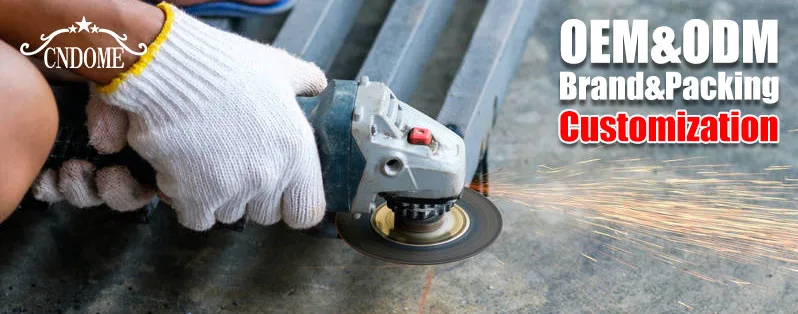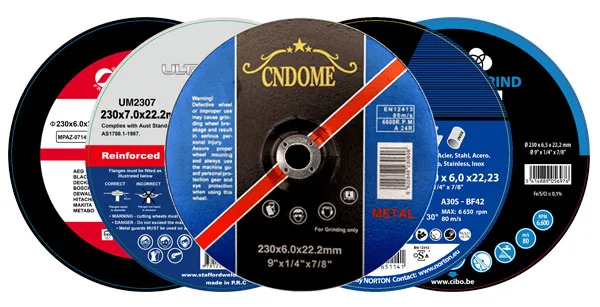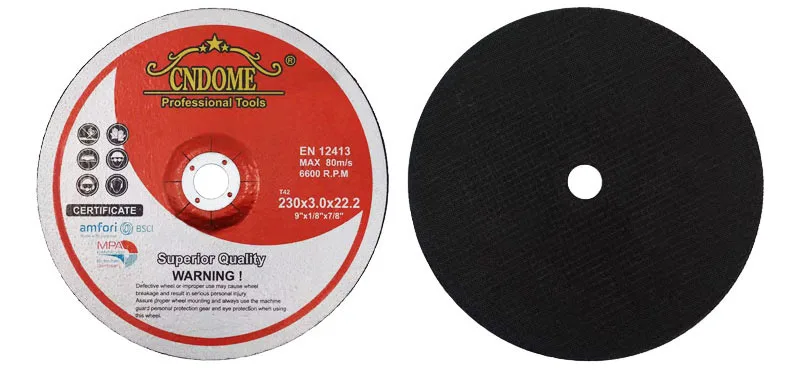Tungsten carbide, renowned for its exceptional hardness and durability, has become a staple material in various industries, from manufacturing to construction. To shape and refine tungsten carbide into precision tools and components, a crucial ally comes into play—the grinding wheel. In this blog post, we will delve into the fascinating world of grinding wheels tailored specifically for tungsten carbide applications.
Understanding Tungsten Carbide:
Tungsten carbide, a composite material formed by combining tungsten and carbon atoms, boasts an impressive hardness that rivals even diamonds. This unique combination makes it a popular choice for cutting tools, wear-resistant parts, and other high-performance applications. However, working with tungsten carbide requires precision and finesse, and this is where the grinding wheel plays a pivotal role.
Composition of a Grinding Wheel for Tungsten Carbide:
Grinding wheels are not one-size-fits-all; they are engineered with specific materials and configurations to suit various applications. When it comes to tungsten carbide, the grinding wheel’s composition becomes critical. These wheels typically consist of abrasive grains, bonding agents, and optional additives.
1. Abrasive Grains:
The abrasive grains in a grinding wheel for tungsten carbide are carefully chosen for their hardness and cutting ability. Common abrasive materials include silicon carbide and diamond. Diamond abrasives, in particular, are preferred for their exceptional hardness, making them ideal for tackling the hardness of tungsten carbide.
2. Bonding Agents:
The bonding agent is the glue that holds the abrasive grains together and anchors them to the wheel’s core. Resin, vitrified, and metal are popular bonding agents used in grinding wheels. For tungsten carbide applications, resin-bonded wheels are commonly favored due to their ability to provide a fine finish and precise control during the grinding process.
3. Optional Additives:
Manufacturers may incorporate additional additives to enhance the performance of grinding wheels. These additives could include coolants, lubricants, or other substances designed to improve heat dissipation, reduce friction, and extend the wheel’s lifespan.
Challenges in Grinding Tungsten Carbide:
Grinding tungsten carbide poses unique challenges due to its hardness and tendency to generate heat during the grinding process. Overheating can lead to a degradation of the material’s properties and compromise the quality of the finished product. Hence, the choice of the right grinding wheel, combined with proper techniques and equipment, is crucial to achieving optimal results.
Conclusion:
In the realm of tungsten carbide machining, the grinding wheel emerges as a key player, shaping raw materials into precision tools and components that power various industries. Understanding the composition and intricacies of grinding wheels tailored for tungsten carbide applications empowers manufacturers and craftsmen to unlock the full potential of this remarkable material. As technology advances, we can anticipate further innovations in grinding wheel design, leading to even greater precision and efficiency in working with tungsten carbide.



